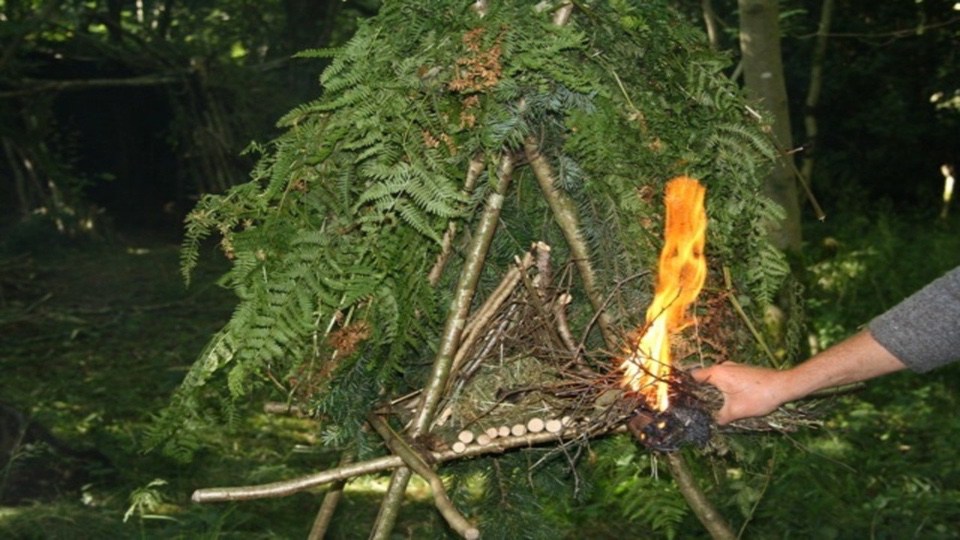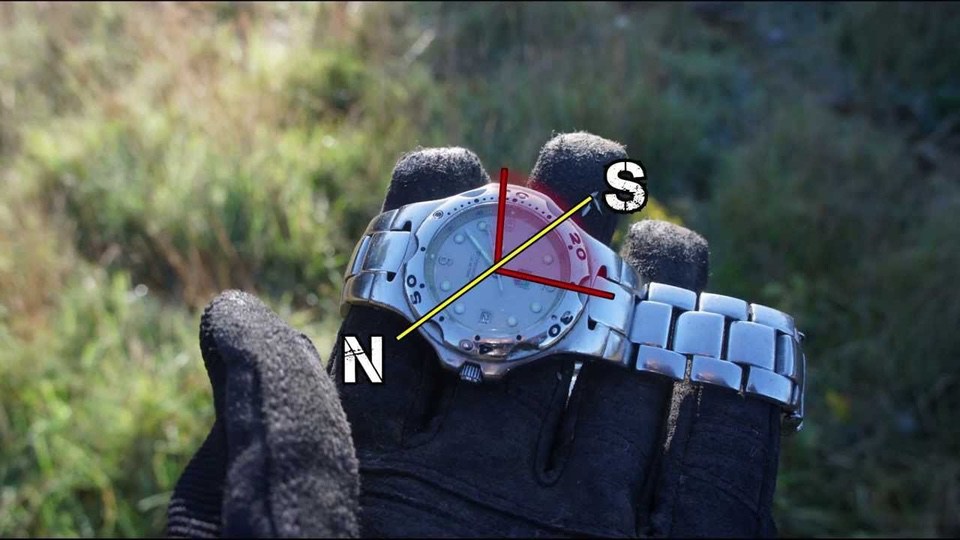When it comes to survival tips and techniques, the more you know, the better. While you can’t possibly prepare for every single thing that is out there, you can try your best to be as aware of many of them as you can. Sometimes these bits and pieces of knowledge can seem quite like useless trivia at times, but don’t be fooled. The knowledge is there not to be useful ALL the time, but rather to be there when you need it the most. That is why we put together a massive list of 50 Survival Tips and Tricks for the outdoors.

A combination of fresh pine and spruce leaves produce a lot of smoke, which is what you want with the signal. Start out by building a small fire using dry leaves, twigs, or other tinder.
Collect the fresh pine and spruce leaves and compile them into a bow. When the fire is up and smoking, put the leaves over the fire, making sure to cover it completely. This will cause the branches to burn intensely, producing even more smoke.
Additional things to consider:
This may not be the best-smelling solution to preventing heatstroke when you’re out in the scorching desert, but it works. Take a piece of cloth like a bandana and soak it in urine. Wrap it around your head and it will keep your head from feeling the wrath of the sun. Heat stroke is the second leading cause of death in the desert, next to dehydration.

If you need the help of a compass but you don’t have one, you can use an analog watch to do that. Point the hour (short) hand at the sun and draw two imaginary lines between it and the 12 o’clock point. You will create an angle between the two lines. Draw an imaginary straight line bisecting the angle. The line point away from the sun is north, because the sun always goes to set in the west direction.
Disclaimer: telling time by sun doesn’t work as effectively when you are too far up north or south.
Don’t worry. As long as you know what time it is, you can still tell where north is. Simply draw an analog representation of the time on the ground and draw the lines from there. Cellphones are particularly useful in telling the actual time regardless where you are because mobile tech nowadays uses GPS to be able to tell the time of the day regardless of location. Of course, it’s always advised that a survivalist have a watch with them at all times.
The Women's Outdoor News, aka The WON, features news, reviews and stories about women who are shooting, hunting, fishing and actively engaging in outdoor adventure. This publication is for women, by women. View all posts by The WON